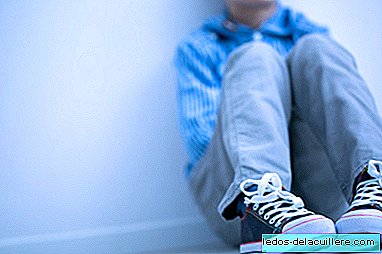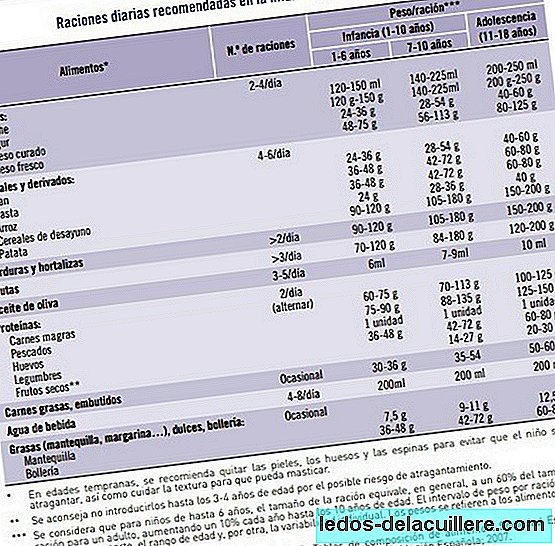
That the use of tablets and smartphone can damage your eyesight, it is nothing new. Now, the study "Prevalence of refractive errors in children aged 5 to 7 years in Spain", prepared by the European University of Madrid, has confirmed that the possibility of myopia in children increases with age, because of the greater number of hours that the child spends in front of a screen.
The data speak of 13% of myopia among five-year-olds, and 20% among those who have turned seven. In addition, 33% of those with myopia spend More than two hours a day in front of mobile devices.
According to the WHO, in 2050, 50% will be nearsighted
The World Health Organization estimates that "The number of children with visual impairment amounts to 19 million, of which 12 million suffer from it due to refractive errors."
And as the US National Eye Institute explains:
"Myopia is a type of common refractive error in which nearby objects are seen clearly but distant objects are blurred."
Moreover, according to the WHO, this visual defect has become a worldwide problem that continues to grow: it is estimated that in 2050, 50% of the population will be nearsighted.
But this study of the European University, published in the 'Gazette of Optometry and Ophthalmic Optics', It is the first research carried out in Spain on the prevalence of this visual error.
It allows to know its incidence in children between five and seven years, how technology influences and what can be done to avoid it, since according to the authors of the work, Cristina Álvarez Peregrina, Miguel Ángel Sánchez Tena and César Villa Collar:
"Knowing and correcting refractive errors at an early age is of vital importance, since unresolved vision problems have a great impact on the child's quality of life and educational development."
More than two hours a day in front of screens

For the research they used the records of 3,541 children, collected in the 'School Campaign for Children's Visual Health' carried out by the Alain Afflelou Foundation in 2016. This annual initiative has as its main objective the early detection of visual problems in childhood for prevent them from affecting their school development.
The study revealed that children between five and seven years old They spend an average of one hour and twenty minutes using tablets, mobiles, computers or consoles. To this we must add, the hour and 23 minutes dedicated to watching television and the 51 dedicated to reading.
The researchers explain that these data are revealing, since some studies have determined that there is a moderate risk that those children who spend more than two hours performing near vision tasks (in addition to those employed at school) end up developing myopia.
The older, the more myopic
In addition, the data reflects that 30% of children spend more than two hours a day with digital devices, a figure that rises to 33%, in the case of myopic children.
Therefore, the researchers point out that these data suggest that:
"Prolonged use of electronic devices could have some influence on the appearance of myopia."
In fact, the researchers suggest that children's lifestyle could explain most of the increased risk of high myopia, since:
"The most recent studies seem to show that there is less incidence in children who spend more time outdoors."
So let's take note, because it is better to prevent and ensure that our children play more on the street and less in front of the screens.
Photos | iStock












